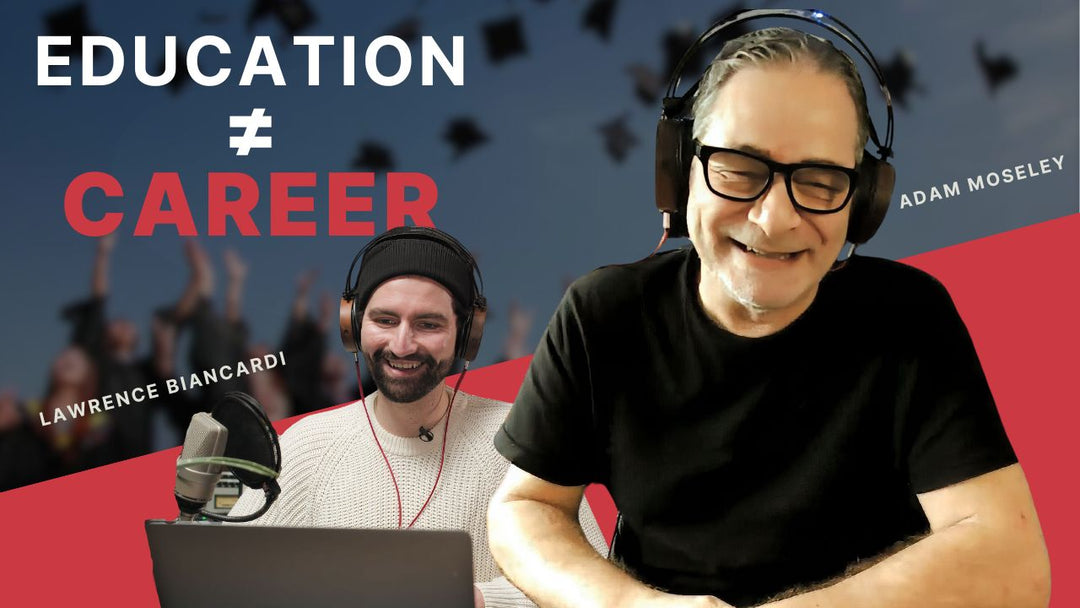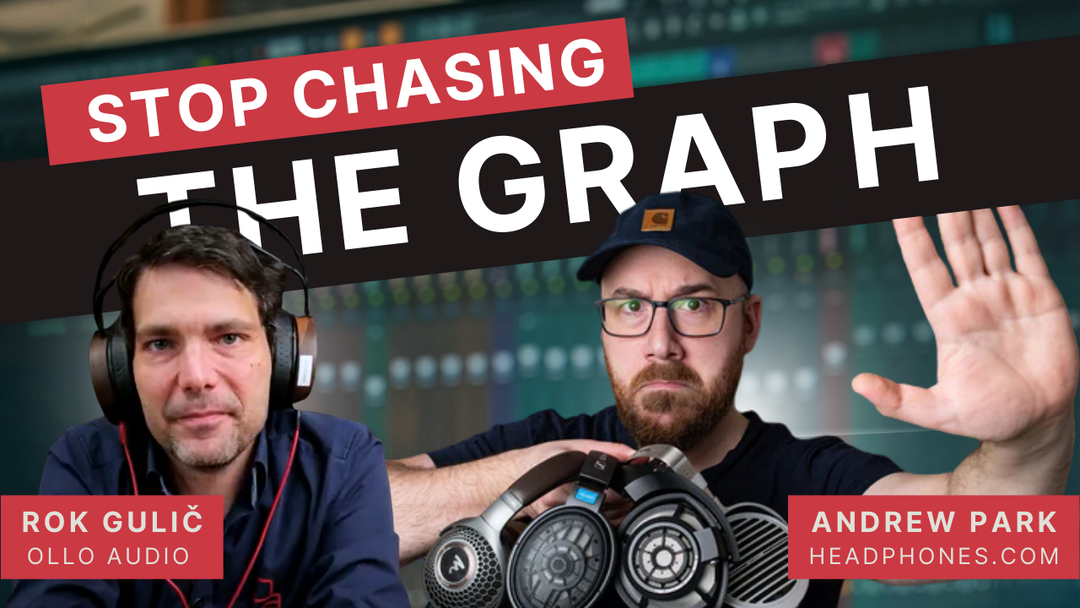Producing and recording guitars with Enrico Sesselego (Steve Vai) and Leo Abrahams (Paolo Nutini)
In Episode 5 OLLO Audio’s CEO Rok Gulič talks to two specialists guitar producers, Leo Abrahams (Adele, Katie Melua, Paolo Nutini, Brian Eno) and Enrico Sesselego (Steve Vai, Paul Gilbert) about their production approaches and recording techniques in guitar recording sessions.
Leo Abrahams
FB: @LeoAbrahamsOfficial
IG: @leoabrahams
Enrico Sesselego
FB: @sesselego
IG: @kikkosesse
Host: One or two sentence introduction guys? 00:40
Leo: I am a guitar player and a producer from London. I always thought that at a certain point I’ll transition from guitar playing to production all the time but I am glad to say that I still have that mixture in my career.
Enrico: I am very in love with guitar. I’ve been playing all my life but I make most of my living mixing and engineering guitars. I also do seminars all over the world, from India, Japan to South America. In my heart I am a guitar player and I try to play as much as possible.
Host: How much of the guitar sound comes from the gear and how much from the player? 02:15
Enrico: There’s a saying that you give a crappy guitar to a random player and it sounds average and that same guitar in the hands of a guitar god sounds great. It’s a combination of everything. You can be a great player but you still need good gear. Everything counts.
Host: There’s also what the player plays, the notes, arrangement and then how he approaches it. 03:40
Leo: There’s a cliche about guitar players that they just want to shred over everything. That hasn’t really been my experience. They are interested in music and the guitar is their vehicle to make that music. It’s about the relationship that you have with the instrument in whatever context that you’re in. One Of the nice things about producing younger bands is that they are excited to see your gear. There’s definitely a difference between a copy guitar or a true vintage guitar. Who knows, but the guy may be more inspired playing a vintage instrument.
Host: What does that mean, relationship with instrument, music? 5:40
Leo: There’s a relationship between what you’re hearing and what’s in your head, your heart and then in your hands. The job of the producers is to make the environment as comfortable as possible for the players. People perform better when they are more relaxed.
Host: I think there’s this emotional relationship but there’s also a technical relationship. 6:20
Enrico: Yes, I agree with both. You need to know the physics of instruments too. How instruments work but also how they are played, how to express emotions with any instrument. You’re a stranger for your client, so this is the first step to understand. Then you need to know what’s going on in their world, their heads and cope with all the questions that arise. Keeping them comfortable is crucial.
Host: How do you build trust with your clients in the short time before the session starts? 8:40
Enrico: It’s a combination of communicating in a professional manner and preparation. Clients love to work with well prepared engineers. I always research and prepare to know exactly what we’re doing. That’s the base for decisions in gear and recording techniques. I show quickly that I know what I am doing and that I understand what they try to achieve. That builds trust quickly. The process must be clear from the start.
Host: There was a magic word in Enrico’s comment, preparation. How do you prepare for your own productions versus working for someone else? 10:40
Leo: The hard thing about working alone is not being too hard on yourself when things are not going well. Your whole life is a preparation for whatever moment. The thing that I’ve learned from the greatest artists is to have 100% commitment to the sound that you're making. When I go to work with other artists or they come to my place, there’s usually good will there on both sides. A bit like giving a best-man’s speech at the wedding. People want you to succeed. In my experience you have to work quite hard to lose trust. I am happy to experiment when I am on my own but I also like to do that with other people. It doesn’t make too much sense of preparing if you’re not going to discover something further. I’ve spent a lot of time with Brian Eno (U2) and the thing that really impressed me is that he creates this safe environment for people to experiment. I think that’s the best thing you can give to musicians in your session.
Host: Do you think there’s a basic setup that you can use with good results on any guitar sound? 13:45
Enrico: I always use two microphones and amplifiers of course, no DI recordings. I used 421 and SM57 plenty of times. Sometimes I add M180 for the triple micing technique. Of course this is not entry level stuff. With these mic choices you’ll need good preamps and a solid interface is also required. My best suggestion for starting setup is to start with the budget. Think ahead of what you wish to do and buy one good piece at a time. Slowly build it up. There’s no right or wrong. You can use simple camper amps with good results.
Host: What would you put in a backpack? 17:30
Leo: Similar to Enrico I use the two mic technique with SM57 and M160. You can get the body from one and brightness from the other and that’s at a reasonable budget as a starting point. Preamps you can add later as you continue to build up your arsenal. It’s actually difficult or entirely impossible for people to record a cabinet at the correct volume in whatever setup. Here in London even when you’re renting a recording room you need to keep the volume down as there are people renting the room next to you and they don’t want to hear guitar through the wall when they record their takes. Maybe a bit controversial to say but some of the Amp Simulators in the UA stuff are good and STL tones too. Of course what you end up is a DI that maybe later on you reamp in a big studio. I have nothing against that. What I’ve personally found is that once you start to multi stack them they start to crush up a little bit. That’s where you hear their shortcomings. For me the STL tones are the best ones as they can be layered up and stay convincing. Also the Brainworks stuff is very good. For sure I wouldn’t rule that out. But of course it depends on what genre you're working on. I use a-lot of DI guitar in my electronic and experimental productions with no amp simulators. I want to capture some of that low, even sub and also the super high that a cabinet will smash off but you can filter that and use that for other stuff. There are really no rules. There’s no shame in using simulators.
Host: Maybe we can touch a bit on acoustic guitars? What are the two or three main things you need to sort out before you even start? 21:05
Enrico: I start with a small diaphragm condenser microphone in front of the 12th fret, that’s a standard thing. I also love the player perspective, so a microphone above the player shoulder facing down to the guitar. If possible to use a third mic and it’s a good room I put one about 2 meters in front of the player. When a guitar has a DI jack I record that as a safe net and sometimes it’s a part of the final mix too.
Leo: My approach is very similar. I’d only add that a simple and reliable method is a cross pair of small condenser microphones in front of the 12th fret or wherever you find the sweet spot to be. Sometimes I use Mid-Side (M/S) to the lower side of the sound hole and another omni in front of the 12th fret. That is the most beautiful acoustic guitar sound I’ve ever played with. So natural and yet not intimidating. I’ve been doing this for a long time and some guitar recording (techniques) make you afraid to even shift on your seat. This M/S is a great technique but it’s hard to replicate as you need good gear but also a very good sounding room.
Host: When you use multiple mics, how do you make sure the phase is fine and secondly, how do you keep the click bleed at bay? 24:10
Leo: If you’re in doubt about the phase then you shouldn’t be doing it if there’s another person you work for. It’s fine when you're on your own, even take more time and be patient with yourself. About the click, I can’t say I run into that problem too much. I think it’s good to encourage musicians to have sensible monitoring levels and the right kind of click, the right kind of headphones. If you have your headphones too loud, all that really happens after a certain SPL level is that you just get that anxiety response. Shouldn’t be that loud. If bleeding does happen I use Izotope VST to get rid of that. Obviously nobody plans to track using Izotope but it can get you out of a jam.
Enrico: I agree with you. Maybe I can add that sometimes in pop productions the player really needs a strong click playback. Click tone is important in this scenario. I usually use something more bassy, with less energy in the higher mids because that is the frequency that always gets out. Especially with the microphone over the shoulder of an acoustic guitar player. What I often do is that I ask the player to bring their earphones and only give them a click into the earphone to the opposite side and monitor playback on regular over the ear headphones on top of the earphones. For the phase you can always check but need to understand that phase invert is 180 so not always a good solution.
Host: What about player noise, for example bracelets, jeans and so on? 28:20
Enrico: No watches, bracelets and I always make sure the chair is not squeaking. Especially if you do a solo artist recording. If it’s just strumming inside a big pop production you can get away with some noises.
Leo: Yeah, the chair. Also bad with piano. The thing I came up against the most is jeans, hearing the guitar moving on your trousers, that’s a killer. I actually have a special cloth that doesn’t make much sound that I bring to sessions. Also breathing noise is another one to be mindful about.
Host:It sounds like acoustic guitar recording is much more tricky. Leo and Enrico, thank you very much for sharing your experience with the OLLO Community!




